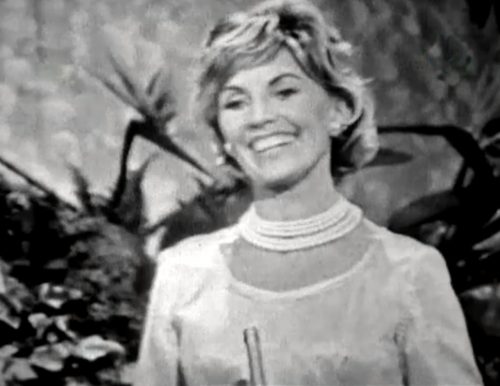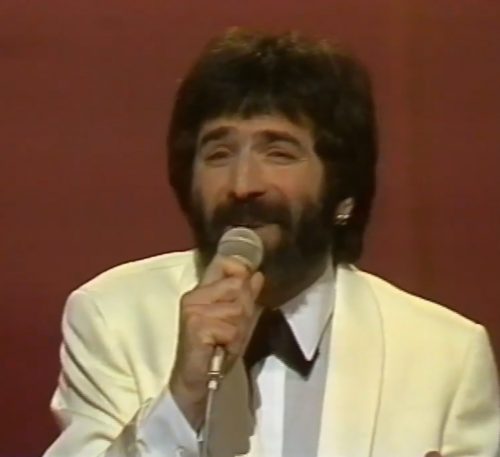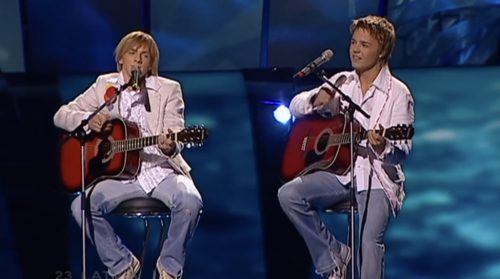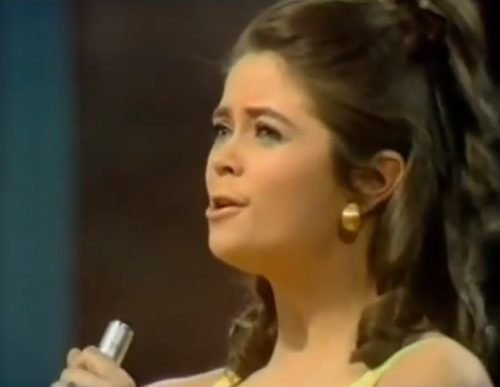
| Name | : | Liese-Lotte Helene Berta Bunnenberg |
| Born | : | 23-3-1905 |
| Nationality | : | German |
| National Finals | : | German national final 1958, Schlagerfestspiele 1961 |
| ESC Entries | : | Einmal sehen wir uns wieder (1961) |
| Website | : | Lale-andersen.de |
Biography
Lale Andersen was a German singer. In 1931 she made her debut on stage in Berlin. In 1933 she received a commitment at the Schauspielhaus in Zürich. Performances followed, among others, at the Munich Kammerspiele.
In 1939, she recorded the song “Lili Marleen”, which had been composed by Hans Leip as early as 1915. During World War II, “Lili Marleen” was spread across the Soldier Radio Belgrade Europe-wide and heard on both sides of the fronts. It was later banned by the Nazi regime because of the ‘morbid and depressive’ text as well as its demoralizing effect, according to the regime. The high popularity alone brought the German original version of soldier’s song sales of about two million records; The song became the first million seller in German record history.
In 1942 Lale Andersen appeared in the UFA movie GPU under the direction of Karl Ritter as a singer of the Swedish song Svarte Rudolf. In the same year she sang for troop support accompanied by Heinz Wehner and his band in Oslo. At the end of September 1942, after the success of “Lili Marleen”, Lale Andersen fell out of favor with the Nazis: she had refused to attend a screening of the Warsaw ghetto, and her private letters to emigrants in Switzerland had become known. On September 16, she was expelled from the Reich Chamber of Culture. Her recordings were no longer allowed to be broadcast and should be removed from the archive except for the original recording of “Lili Marleen”.
As a result of this forced inactivity, the BBC’s hoax arose that Andersen had been sent to a concentration camp. As a result, the Nazis were forced to let Lale Andersen perform publicly. However, she was forbidden to sing “Lili Marleen”ever again. In May 1943, her performance ban was partially relaxed; yet she was strictly forbidden to sing in front of soldiers or in any way connect with her hit song. Instead, according to the orders of the Reich Chamber of Culture, she had to be available at all times for the Ministry of Propaganda in order to sing English records for the Broadcasting Department. She withdrew on an invitation to the island of Langeoog and remained there until the takeover of the island by the Canadian army.
In 1949 she married the Swiss songwriter Artur Beul and remained with him until her death. In 1956 she sang in the movie “… Wie einst, Lili Marleen”. In 1961, she represented Germany on the Eurovision Song Contest with the song “Einmal sehen wir uns wieder”. Until 1970, Lale Andersen performed in numerous tv-shows. In 1972, Lale Andersen published the autobiography “Der Himmel hat viele Farben”. On 29 august of the same year she died of liver cancer in Vienna.



